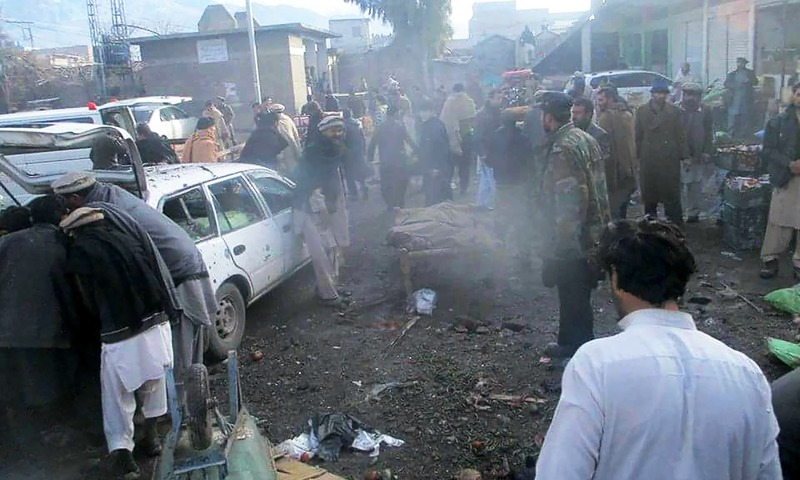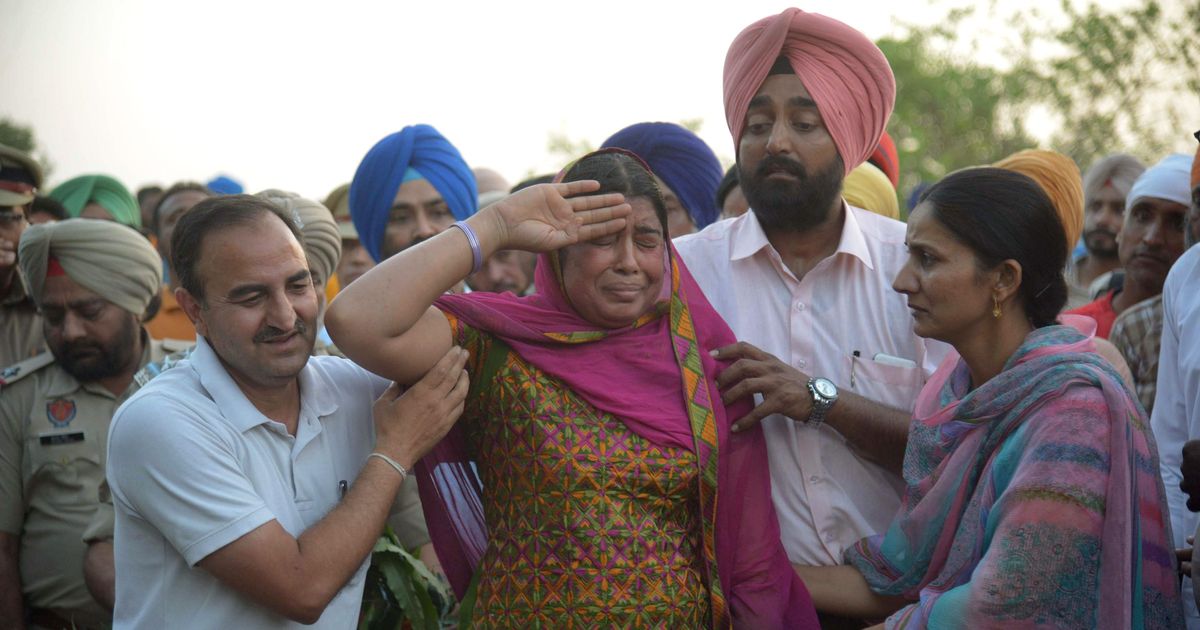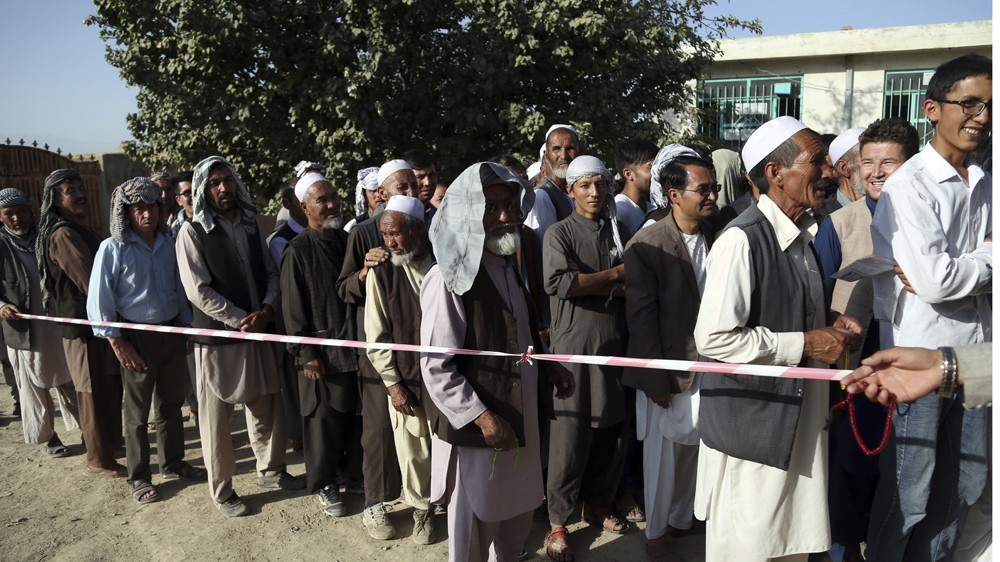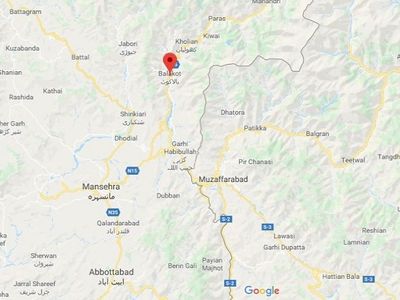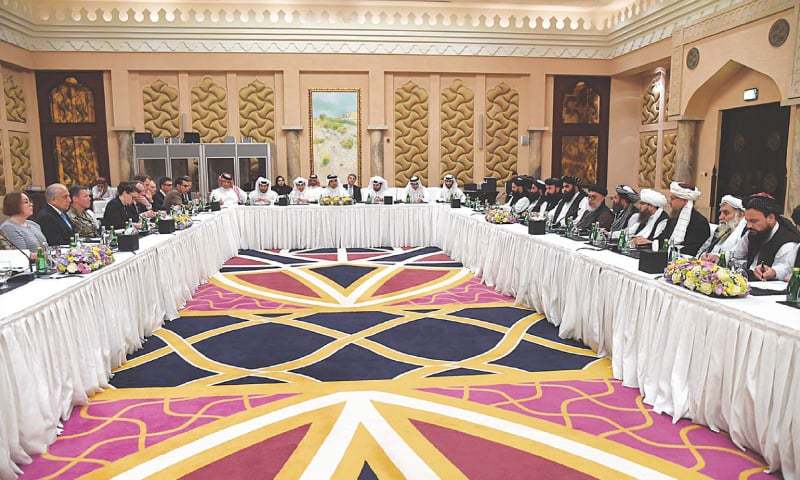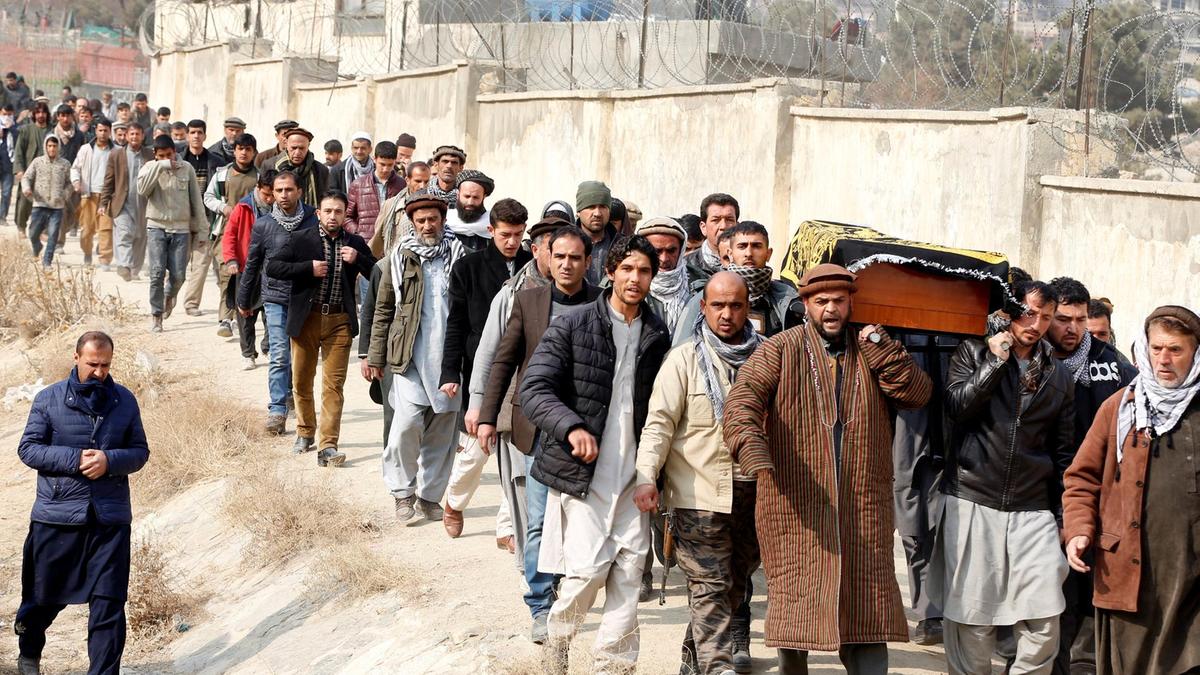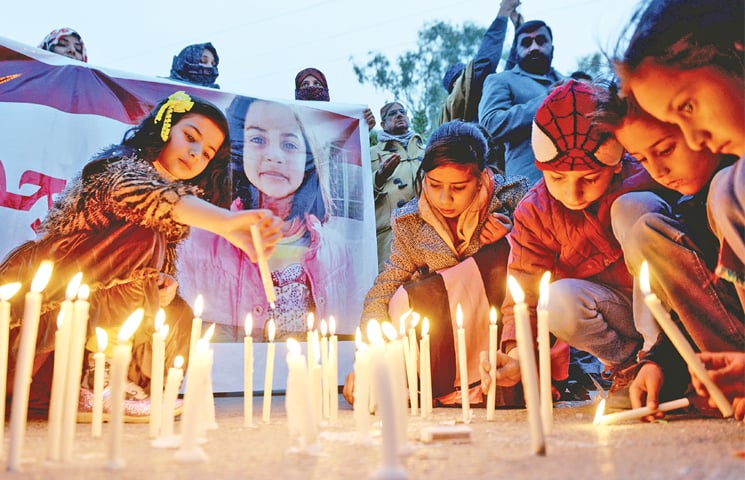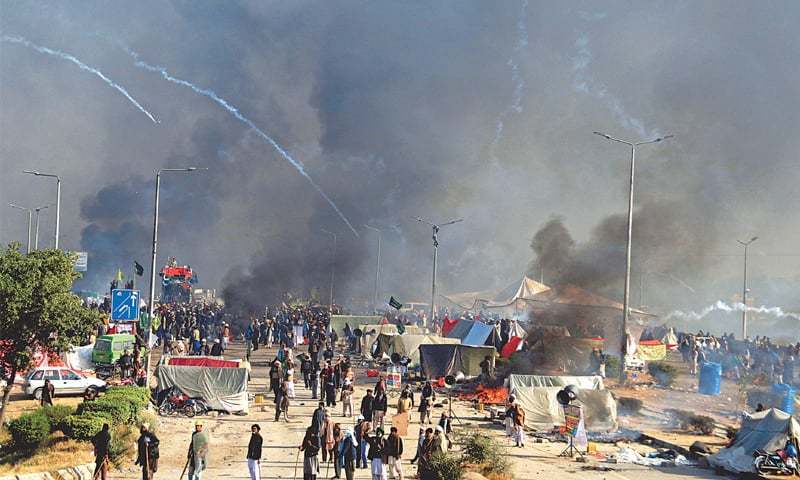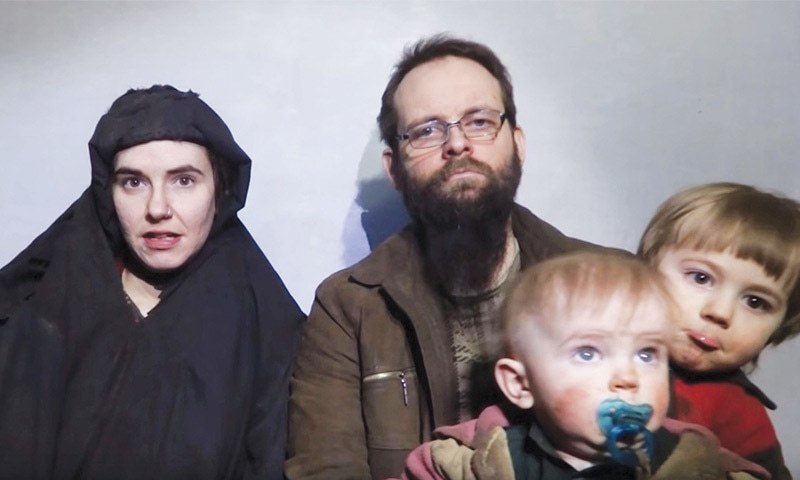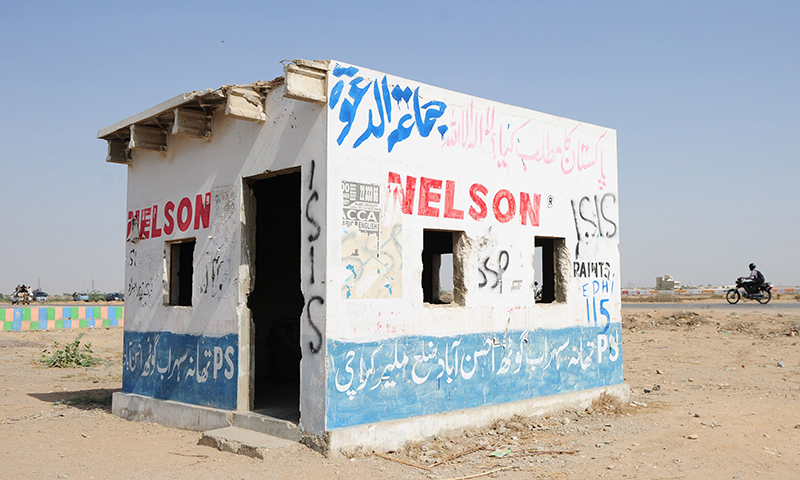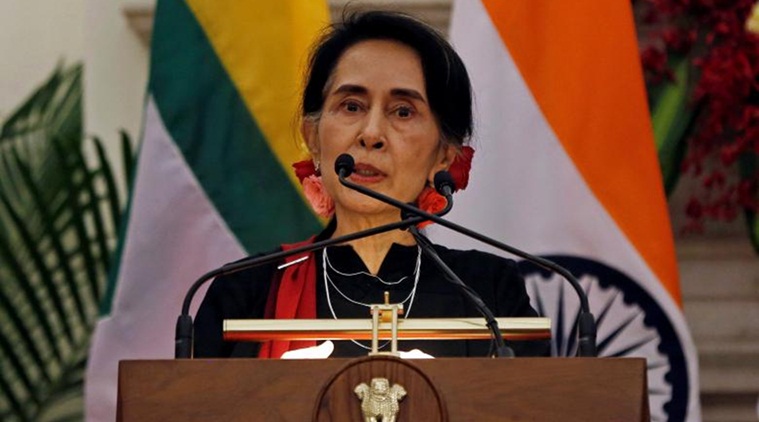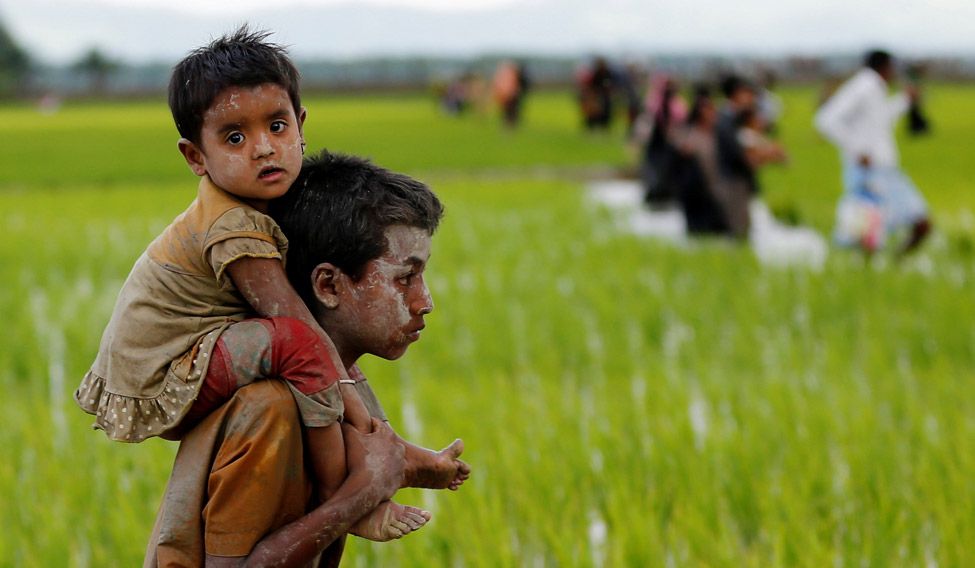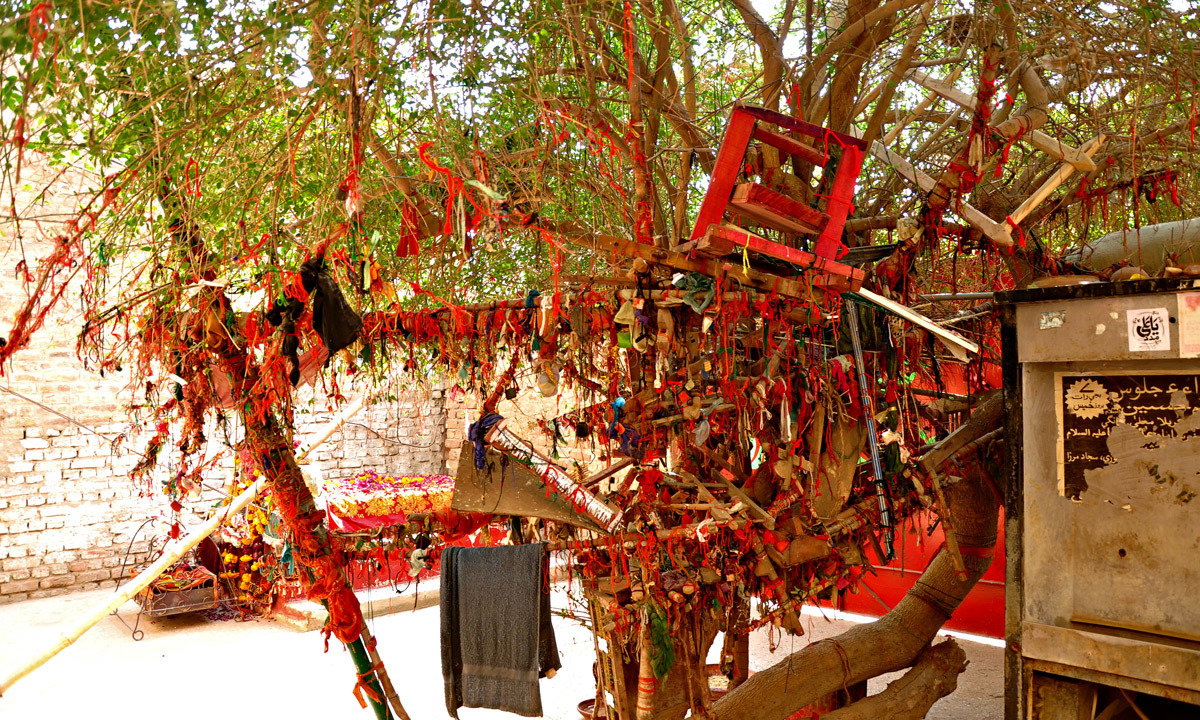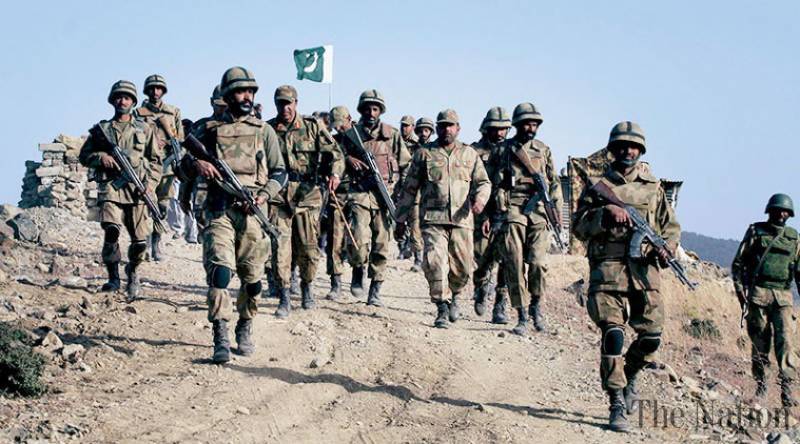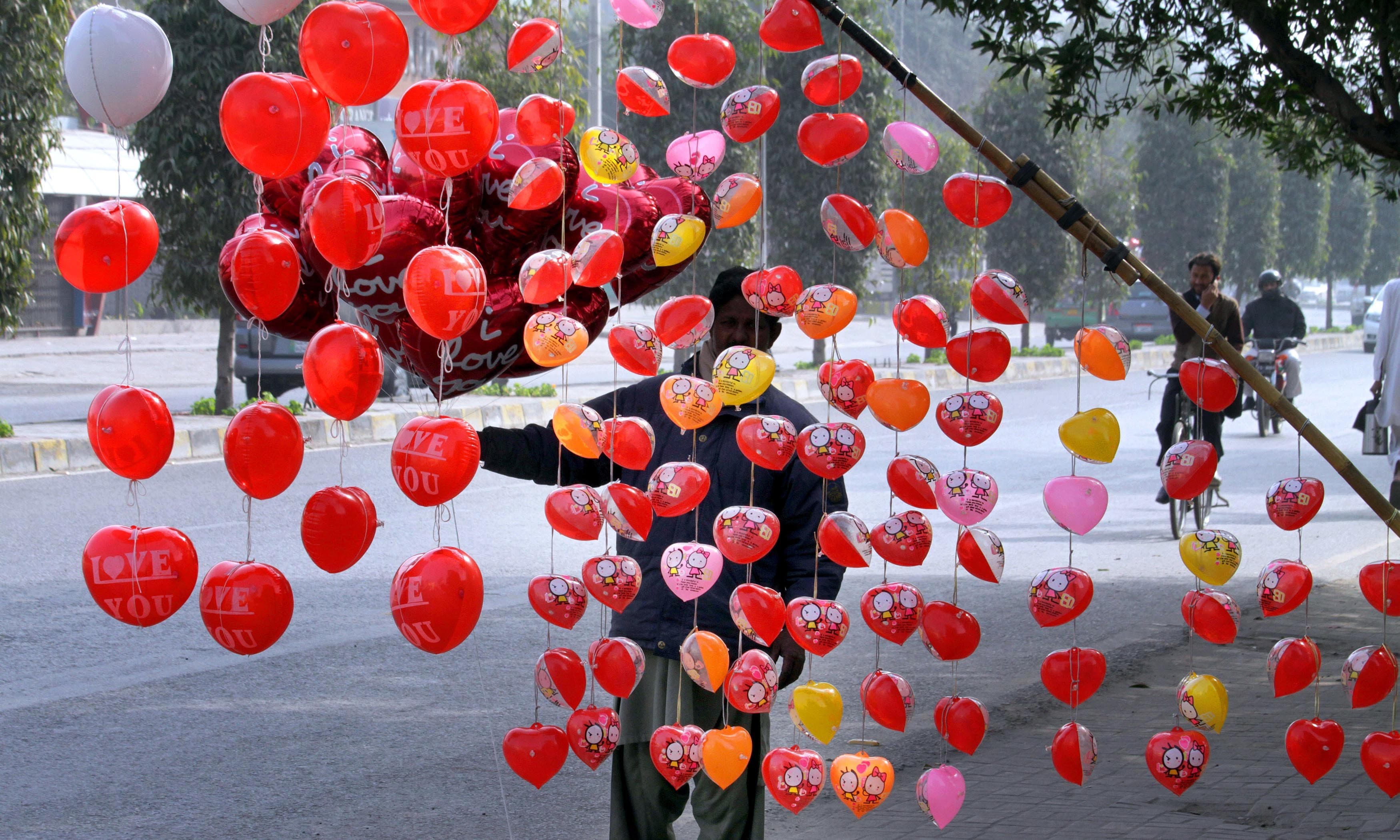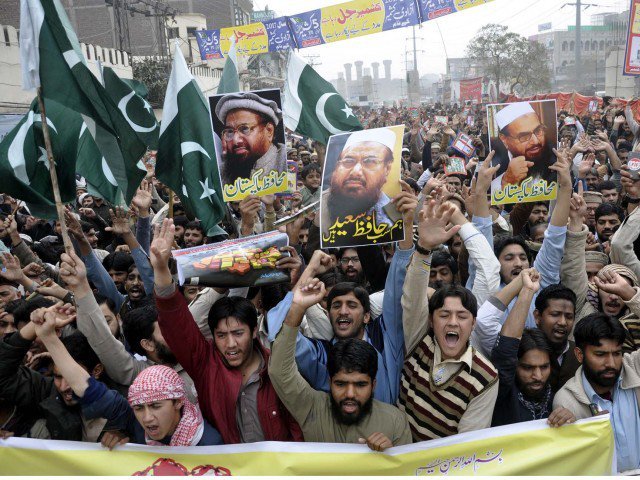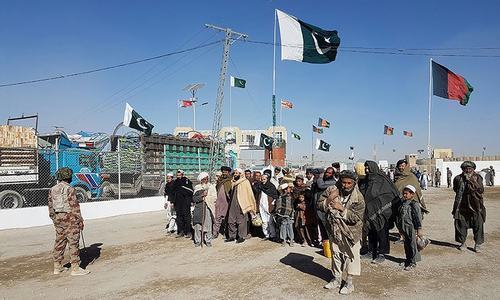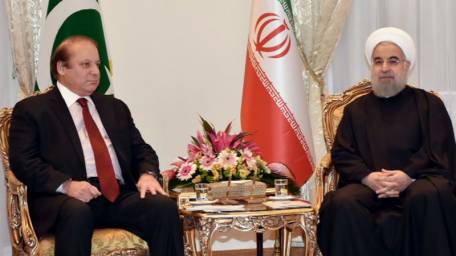CR Analysis
D. Suba Chandran
Professor
International Strategic and Security Studies Programme (ISSSP)
National Institute of Advanced Studies (NIAS), Bangalore
Not many outside Pakistan would have heard about the continuing violence in Parachinar – the headquarters of Kurram Agency in FATA. Ironically, even not many within Pakistan were aware of the extent of the problem. Until recently. But few individuals from Parachinar went on a dharna and made skilful use of the social media – to highlight their problems – both at national and international levels. End result: the Chief of Army Staff Gen Bajwa visited Parachinar town during early July and made few promises to the local community.
Will Bajwa’s visit bring peace to Parachinar? Is the problem in the Kurram valley – related to terrorism as Bajwa has proclaimed, or that of sectarian which the State has been refusing even to acknowledge? Is Parachinar - case of Sunni sectarian militants in Pakistan, trying to exploit the current situation to their advantage, and target local Shia communities? Or, is the problem related to geo-political – that the Deep State in Pakistan wants to use the location of Parachinar (abutting three provinces in Afghanistan) to their strategic advantage?
Clearly there is a problem in Parachinar. And then, there is also a problem of Parachinar vis-a-vis the Durand Line and its location bordering Afghanistan in FATA. The immediate problem however is related to high level of violence, that too recurrent, against the local shia community and state’s apathy towards it.
2017: Year of Sectarian Violence in Parachinar
It is not that Parachinar has been a valley of peace. In the past, it had its own share of violence – predominantly sectarian. Since the 1980s, there were at least three major sectarian violence outbreaks, once every decade. However since 2007, the intensity of violence has changed. What was a ten years itch has become a regular and recurring phenomenon, with increased violence.
In 2017 alone, there were three major sectarian attacks; in January this year, a bomb blast in Parachinar’s vegetable market killed around 25 people. During the last week of March, one more bomb blast, outside an Imambargah killed more than 20. The recent attack took place during the Eid – in June 2017, killing more than 75.
While, three sectarian attacks in six months, may look a trivial statistics, given the size of Parachinar, it is not. With a population of around 75,000, Parachinar is not even a big town, though is the largest within Kurram Agency. What makes violence in Parachinar significant is the victims and the perpetrators. The victims are entirely from local shia community (Turis, in this case, the shia Pashtuns of the FATA), while the perpetrators are mostly from outside.
Strategic and Demographic Significance of Parachinar
Kurram agency is special within FATA – in terms of both geography and demography. Along with Orakzai Agency in FATA, Kurram has a sizeable Shia population. Kurram river drains the Valley that is geographically divided between upper, middle and lower regions. Parachinar town is at the north western end of Kurram Agency and is linked with rest of Pakistan through central and lower Kurram. To reach the nearest town in Hangu district of Khyber Paktunkwa, one has to travel through middle and lower Kurram. While the Shias live primarily in the upper Kurram – in and around Parachinar, the middle and lower parts of the Kurram valley is populated with Sunni Pashtuns.
Geographically, Kurram shares a strategic border with Afghanistan. The Agency protrudes into Afghanistan, as South India into the Indian Ocean; Kurram shares border with three districts of eastern Afghanistan – Nangarghar, Paktia and Khost. In terms of actual distance and in a beeline, Parachinar is the closest town in FATA/Pakistan to Kabul, than Peshawar or Torkham.
Ethnically, the Shia Turis of Kurram share their history with the Afghan tribes. As an outlier to successive political establishments in Kabul and Peshawar, the Turis had their own social and political structures. The British adventure and multiple invasions back and forth impinged on this isolation. Post 1947, Parachinar and its population politically became a part of the FATA; though psychologically continued to be an outlier for both Islamabad and Peshawar. Soviet invasion in 1979 and the subsequent mujahideen project affected the Agency after 1947.
The latest to enter into Kurram Valley are the Taliban militants post 9/11 and their sectarian franchises. More than the Afghan Taliban, the entry of Huqqani Network following the loss of their traditional bases across the Durand Line due to American pressure has created new tensions within Kurram. Along with the Huqqani group, foreign militants from Central Asia were also believed to have entered into Kurram; so did, the sectarian militants from Pakistan, especially from Punjab led by Lashkar-e-Jhangvi. It is during this phase, especially since 2007, the sectarian factions and franchisees of Pakistan Taliban became the real players in Parachinar.
For the current violence in Parachinar, clearly 2007 was the breaking point. Not only 2007 witnessed the crowding of militants from within FATA, but also joined by the Huqqani militants from Afghanistan and the sectarian militants from Pakistan’s Punjab province.
Parachinar: Before and after 2007
Parachinar did witness sectarian violence even before 2007. However, these incidents were limited to local Shia and Sunni communities within Kurram Agency. The issue was sectarian but limited to local issues. There were no outsiders – either from Afghanistan or rest of Pakistan. There were not much of linkages between Kurram and other agencies of FATA, and certainly not with rest of what has now become Khyber Patunkwa.
The pre-2007 clashes also witnessed the local tribes, led by local leaders trying to sort out problems and reach a ceasefire among themselves. Invariably, this peace would last for the next ten years, as has been the case since 1970s.
The above situation has changed. Violence in Parachinar is no more led by the local tribes, hence cannot be settled through local leaders. The entry of militants from outside has changed the situation and also the sectarian balance against the Turi Shias of Kurram. The local Sunni tribes are now armed with Sunni militants from Pakistan and across the Durand Line by the Huqqani group. For the sectarian militants from Punjab, Parachinar has become a part of their larger agenda including the Shias in Quetta, and elsewhere in Pakistan.
Parachinar and the State Myopia
While the Sunni militants have been gunning for control in Parachinar, unfortunately, the State – both the military and political establishments pursued an Ostrich approach. Both explained the problem in Parachinar as that of “terrorism” and blamed others. The political establishment, even today lives in a state of ignorance; it is unfortunate, that even today, none from the political leadership has visited Parachinar. While Nawaz Sharif found it important to reach Bahawalpur (where people lost their lives due to an oil tanker tragedy), neither him nor anyone from his party found it necessary to visit Parachinar. Worse, was the case of compensation for the dead; those who lost their lives in Bahawalpur received more, than those who lost their lives in Parachinar.
If one has to read the above with what the interior minister proclaimed recently that the sectarian militants should not be equated with terrorists – one gets the priority picture of the political establishment. Perhaps, for Islamabad Parachinar is too for. And for Punjab, perhaps, Kurram does not even exist.
The only silver lining for Parachinar is the increased media attention it had received since the sectarian violence in June. Will this new attention bring Parachinar into the mainstream?
The above was first published in the Rising Kashmir
